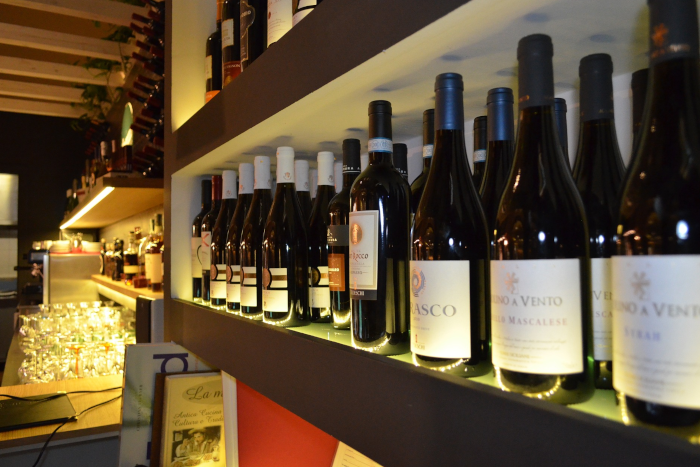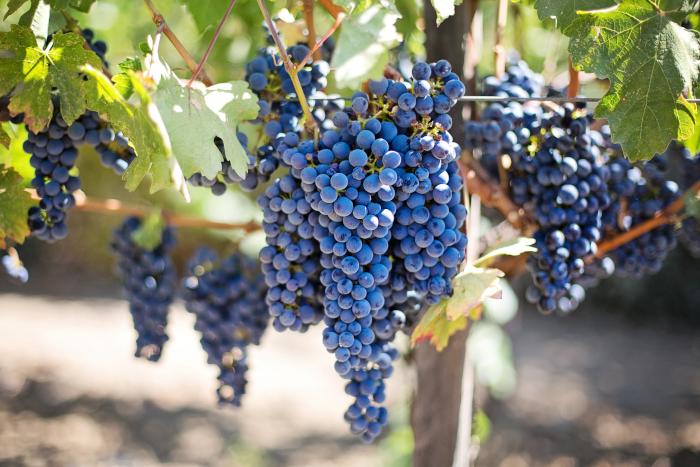Understanding Wine Pricing and Why Some Wines are More Expensive
Learn the secrets of pricing wine and discover why certain bottles are more expensive than others.

Enjoying a good glass of wine can be an exhilarating experience, but for many, the process of selecting a bottle can be intimidating due to the sheer amount of options available and wide variety of prices.
Understanding why some wines are more expensive than others can help narrow down your selection and make the process of choosing a bottle much easier. This article will explain the factors that affect wine pricing, from production costs to the reputation of the winery itself.
Factors Influencing Price
Wine prices can vary drastically for many different reasons. These are the most important ones:
Quality and Age of Grapes
The quality and age of the grapes used to make the wine is one such factor. The quality of grapes can vary depending on where, when and how they are harvested – all of which can affect the price of a bottle of wine.
Grapes that have been grown in well-maintained vineyards tend to be more expensive than those from less-reputable producers due to better quality control.

Grapes that have been aged longer also tend to produce higher quality wines, as they will have had time to develop their full flavour profile. This type of grape is usually more expensive due to its increased complexity and depth of taste.
Location of Vineyard
The price of wine can be significantly influenced by location. Vineyard locations with tight access that make it difficult to transport supplies frequently have higher pricing. For instance, due to their isolation, small islands like Madeira and Santorini wine is often more expensive.
The price of grapes used to make wine can also be greatly influenced by the soil and climate in particular regions. Wines of exceptional quality that fetch a premium price point on the market may be produced by vineyards that are situated in regions with ideal growing circumstances or ones that have distinctive features.
Winemaking Processes
Winemaking is a complex process that takes years of practice and expertise to perfect. The intricate details involved in winemaking have a direct impact on the price of different wines, as certain processes can add considerable cost and value to any bottle.
The winemaking process includes cultivating grapes, harvesting them at the optimal time, fermentation techniques, ageing and other stages that affect the quality and flavour of the final product.
The complexity or simplicity of each step can affect its production cost; for example, using traditional methods like barrel ageing will add significantly to the expense due to additional labour costs and resources needed. Newer technologies such as flash détente can produce high-quality wines more quickly and cost-effectively than traditional methods.

Some wines require special cellaring conditions which will add to their final price tag.
Brand Reputation
One key consideration is the reputation of the brand; it can be a major deciding factor in how much consumers are willing to pay for a bottle. A great brand reputation can add value to the product, allowing wineries to charge more for their wines than those with lesser reputations.
Reputation plays an important role in wine pricing because it speaks to the perceived quality and taste of a particular label or varietal. Consumers who know and appreciate wines from certain brands may be willing to spend more money on these products due to their trust in the quality and craftsmanship behind them.

Furthermore, if there’s general recognition that a certain label produces superior wines, then prices may reflect that perception as well.
Supply and Demand
Supply and demand are at the core of wine pricing factors, playing an essential role in determining the cost of any given bottle.
This fundamental economic law states that when demand for a product increases, its cost does too. The opposite is true when supply outstrips demand; prices may drop as merchants compete to sell their products.
In the case of wine, this can be seen with specific varietals or regions where market forces dictate pricing levels based on availability relative to consumer interest.
Conclusion
In conclusion, understanding wine pricing is a complex subject that is deeply rooted in history and tradition. While the quality of the grapes and the process of the winemaking are two key components that affect how much a bottle of wine costs, other factors such as production quantity and distribution also play a role.
Ultimately, it is important to remember that pricing is an indication of both quality and status in most cases, but not always. For example, some wines may be high priced due to their rarity or name recognition among collectors.